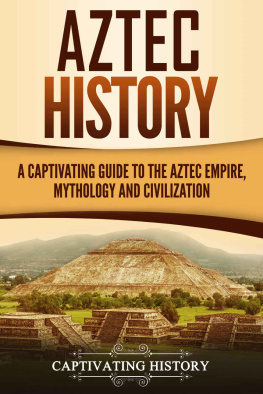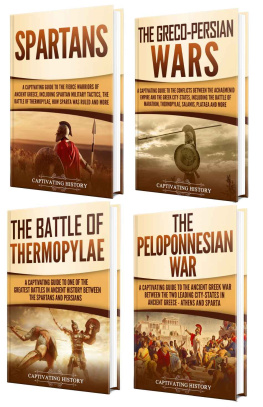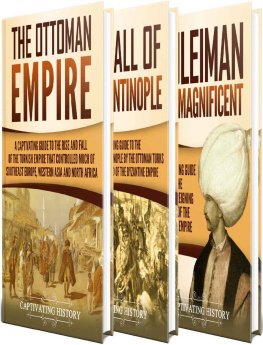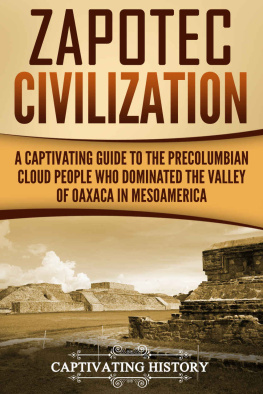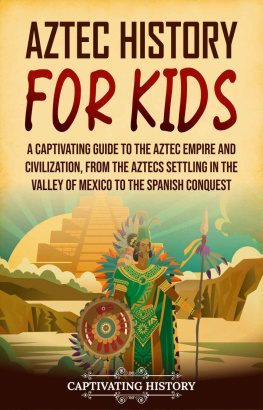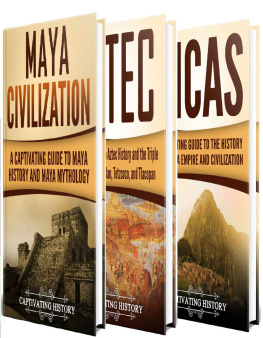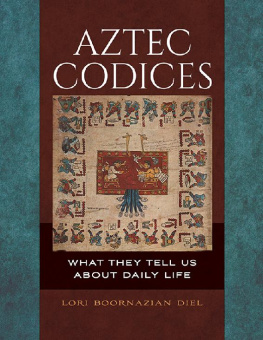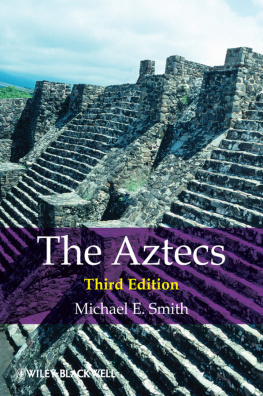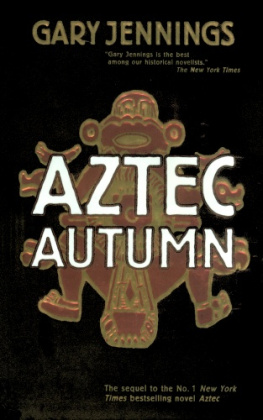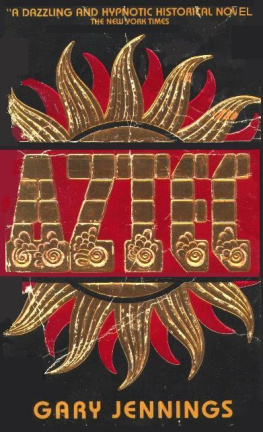My name is Matt Clayton, and Im the creator of Captivating History. First off, I want to THANK YOU for reading our books in the Captivating History series. As an avid reader of History myself, I aim to produce books that will hold you captive.
Now you have a chance to join our exclusive history list so you can get the ebook below for free as well as discounts and a potential to get more history books for free! Simply click the link below to join.
P.S. If you join now, you will also receive a free Mythology book. Remember that its 100% free to join the list.
Introduction
For many years, the Aztecs have captured our imaginations. Stories from the original European invaders combined with unique, awe-inspiring ruins and legends that speak of palaces of gold create an image of Aztec society defined by grandeur, wealth, and splendor. But who exactly were the Aztecs? Where did they come from? How did they rise to control such a wide expanse of land? And if they were so powerful, how was it possible for them to fall from power and dominance just three years after contact was first made with the Spaniards?
Luckily for us, we can answer most of these questions. Detailed historical accounts from Spanish conquistadors, Aztec documents such as the Codex Mendoza (a detailed account of Aztec rulers, the tribute system and daily life in the empire created in the mid-15th century after Spanish conquest,, and a wealth of archaeological sites make it possible to uncover some of the secrets of this ancient civilization.
In truth, the daily life of an Aztec commoner was not all that different from the life of todays common folk. Sure, technology was far more primitive, and there was a constant looming threat of complete and total destruction at the hands of one of the many Aztec gods. But apart from this, the average Aztec citizen was responsible for working their land, paying taxes, and providing for their families. When they werent doing this, they were either off fulfilling their obligatory military service or perhaps enjoying a relaxing game of patolli with their friends.
While the life of a commoner in the Aztec empire seems okay, it was one full of hard work and uncertainty about the future. Few Aztec commoners were able to enjoy goods or services beyond the basic necessities for life and worship. Aztec leaders, on the other hand, lived a life of luxury. Servants, concubines, and laborers were bound to the nobility, and this life of luxury helped employ the ever-growing Aztec population.
Overall, the Aztec Empire, or the empire of the Triple Alliance, would grow in both size and population to be one of the largest in the ancient world. It was the second largest empire in all of America in the 16 th century; only the Incas occupied more territory. At its peak, the Aztec Empire included some 50 or more city-states and upwards of 3 million people. However, this would nearly all disappear with the arrival of the Spanish. Superior weapons and devastating disease laid waste to much of what the Aztecs had built over the previous centuries.
Many of the secrets of the Aztec Empire have been uncovered. Yet many more still remain. Historians and archaeologists are constantly learning more about the way the Aztecs lived, how they organized themselves politically, and how they interpreted their position in the world and the cosmos.
This guide will review some of the major parts of Aztec history, including a detailed account of who the Aztecs were, how they expanded, how they lived, how they worshiped, how they played, and finally, how they died. By taking the time to remember the Aztecs and their accomplishments, we can all play a part in making sure one of the worlds greatest civilizations lives on forever.
Chapter 1 Where Did the Aztecs Live?
To understand Aztec civilization, its important to grasp the diverse geographical landscape in which their empire thrived. The Aztecs are considered a Mesoamerican civilization, with Mesoamerica being the term to describe the area extending from North-Central Mexico to the Pacific Coast of Costa Rica.
As you would expect from an area so large, the defining characteristic of Mesoamerican geography is diversity. Coastal lowlands differ greatly from central highlands in all aspects, from climate, soil conditions, and availability of crops. Its important to note that what is traditionally considered the Aztec Empire, the area surrounding Tenochtitln (present-day Mexico City) in the Valley of Mexico, differed greatly from its surrounding territories and relied on them for a number of different essential and luxury resources.
In general, Mesoamerica can be divided into three major environmental zones. The tropical lowlands refer to the lands lying below 1,000 meters (~3280 ft). These parts of Mesoamerica are referred to as tierra caliente (hot lands). All of Mesoamerica lies in a tropical climate, but higher elevations bring temperatures down. Near the coasts, however, this does not happen. Temperatures are hot, the air is humid, and rainfall is heavy. The principal landscapes in this zone are heavy-vegetation forests or savanna grasslands. The Aztecs relied on these territories for such goods as colorful feathers from parrots and quetzals (used for rituals and art), jaguar skins, tobacco, and jade.
As one moves inland, they enter the Mesoamerican Highlands . The highlands refer to areas that are between 1,000-2,000 m (~3280-6560 ft.) and are often referred to as tierra templada (temperate country). Temperatures hover around 70F (21C), and with distinct dry (January to May) and rainy (June to October) seasons, rainfall is sufficient in most parts of the Mesoamerican Highlands for people to successfully grow crops year-round.
While this territory is mountainous, human civilization has flourished in river valleys and other expanses with relatively flat land. Many other Mesoamerican civilizations found their home here, including the Mixtecs, Zapotecs, Tarascans, and highland Maya. The southern part of the heart of the Aztec Empire falls in this territory.

